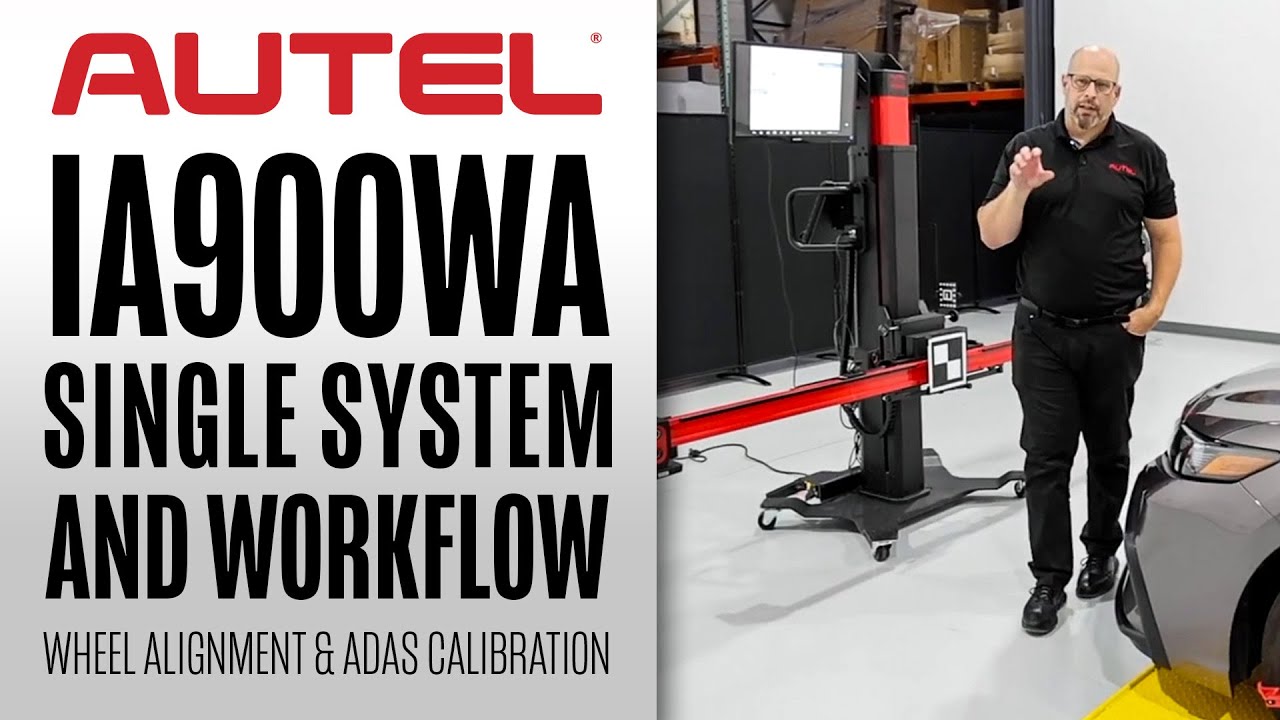Gasoline direct injection (GDI) is used on most new vehicles and has been an integral part of helping to improve fuel economy while reducing emissions. It can be found on more than half of the U.S. fleet. In fact, the use of GDI engines has grown by over 600% since 2010. This means that in the next five years, 42 million more vehicles with GDI will enter the aftermarket “sweet spot” of 6-12 years old, during which their injectors and related parts may need to be serviced or replaced. While GDI systems have proved effective, these systems encounter specific failures and require an understanding of how they work and how to test them when they set a code.
Why GDI?
In order to meet tighter emission and CAFE (corporate average fuel economy) guidelines, vehicle manufacturers began introducing GDI engines in the early 2000s. The fuel injectors on a GDI engine inject fuel directly into the combustion chamber primarily on the intake stroke and, in some cases, on the compression stroke as well. As engine speed increases, the amount of time available to inject fuel decreases. Fuel pressure is increased to help increase fuel delivery in a shorter amount of time, producing more power. Fuel rail pressure typically ranges from 300 psi at idle to 2,200 psi at full load.
Typically, a low-pressure fuel pump is located in the fuel tank. This pump supplies a camshaft-driven mechanical high-pressure pump with 50-80 psi of fuel. The mechanical pump then generates the pressure needed, determined by the ECM-controlled fuel volume solenoid, and delivers the high-pressure fuel to the fuel rail.
The amount of low-pressure fuel allowed into the high-pressure pump by the PCM-controlled integral fuel regulator determines the amount of fuel pressure that the pump generates in the fuel rail. In order to deliver high-pressure fuel to the fuel rail, the regulator valve must be timed to the camshaft lobes. This is accomplished by monitoring camshaft position sensor input from the camshaft that drives the high-pressure pump. If there is a problem with the pump, it is important that the technician replace the follower and lines at the same time, and inspect the camshaft.
Tech Tip: Many GDI pumps are known to leak gasoline into the engine when they fail. This can cause fuel trim issues (due to excess fuel getting into the PCV system) or engine failure due to dilution of the oil. Always inspect the oil and change it after a pump failure.
Servicing GDI
Prior to servicing components on a GDI fuel system, it is crucial that there is no pressure in the fuel system. Some vehicles can be depressurized using a scan tool, while others will require the removal of the low-pressure pump fuse or relay. The vehicle should then be started and idled until it runs out of fuel.
Before disassembling a GDI system for service, it is important to read service information. Most high-pressure fuel lines are a one-time-use component. When they are torqued down, they will distort to fit, ensuring a tight seal. Manufacturers may use labels or recommend within the service information to discard these lines after removal. Reusing these lines can result in a high-pressure fuel leak which could cause a catastrophic fire.
The service information will also help to identify all of the tools necessary to complete the task of replacing the fuel injectors. After removing the injectors, clean the ports in the cylinder head with a correctly sized wire brush and replace the seals on any injectors that will be reused. Complete the installation by using the appropriate torque specification and tightening procedure.
Tech Tip: The fuel rail and injectors can be damaged by attempting to pry the rail out incorrectly. Equal pressure should be applied to all areas of the rail at the same time. Videos explaining how to do this properly can be found on the StandardBrand YouTube Channel.
The aftermarket-leading Standard® GDI Program is anchored by Injectors, and also includes High-Pressure Fuel Pumps, Fuel Injector Rail Kits, Fuel Pressure Sensors, Fuel Feed Lines, Fuel Pressure Regulators, and Fuel Pressure Sensor Connectors, and new High-Pressure Fuel Pump Kits for a complete line of GDI components.
In 2023, Standard® Blue Streak® launched its new line of Direct Injection High-Pressure Fuel Pump Kits. These new Kits simplify fuel pump replacements by including everything needed for a complete repair: a high-pressure fuel pump, camshaft follower, O-ring, and any additional components needed based on the manufacturers’ repair procedures. Providing these components in a complete kit saves technicians’ time and ensures the job is done correctly the first time with all-new parts — no chasing the correct parts or replacing remanufactured parts that arrive defective.
Standard’s GDI lineup includes hundreds of part numbers for domestic and import vehicles, including applications through 2023, providing industry-leading late-model coverage. To learn more, visit www.StandardGDI.com.
For tips on replacing GDI components, search “GDI” on the StandardBrand YouTube channel.

















































